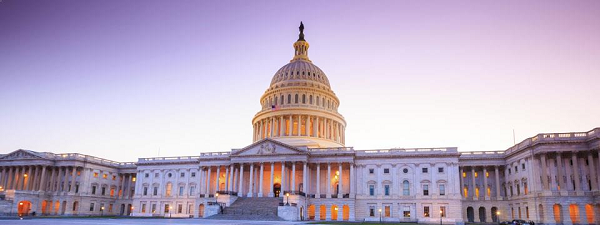Chevron deference can be the bane of many a petition for review in the federal appellate court and – as esoteric as administrative law may sometimes seem – has become a crucial battleground in the effort to preserve asylum and withholding of removal protections in the Trump era. Fortunately, Chevron is not as monolithic and all-encompassing a doctrine as government attorneys regularly argue. The Supreme Court has repeatedly limited the reach of the doctrine (and even called it into question across the board), and in so doing has opened the way for arguments that it should NOT be applied in asylum and withholding claims.
Chevron, of course, is the doctrine that says that if a statute is ambiguous, federal courts should defer to any reasonable interpretation by the executive agency charged with administering that statute, even if it is not the best interpretation.[1] That makes it very easy for Department of Justice (DOJ) lawyers to defend a Board of Immigration Appeals (BIA) decision denying asylum or withholding in federal court and means that a respondent’s chances of winning in the court of appeals can often depend on whether or not the court defers to a BIA (or Attorney General) decision.
In an article in the current AILA Law Journal, I explore the Chevron doctrine’s application to immigration decisions and suggest arguments to oppose deference to BIA and Attorney General (AG) decisions, especially in cases involving asylum and withholding of removal.
There are some generally available strategies for avoiding Chevron deference. For example, you can argue that the outcome follows from unambiguous language in the Immigration and Nationality Act (INA), so Chevron deference does not apply (“Step One” analysis). Or, if the BIA issues a single-member decision, you can argue that the decision is due no deference because it was not issued in a formal manner that reflects an agency intent for it to be precedential (under Mead Corp).
But there are bigger, more sweeping arguments that the BIA and the AG should never be given any special deference in asylum and withholding cases. The idea behind Chevron deference is that agencies develop a technical expertise that makes them the best decision-makers in their fields and that Congress would have wanted to entrust them with that decision making rather than the courts. Deference to an agency is also sometimes justified as enhancing political accountability for policy choices, because the executive branch is more responsive to the electorate than the judiciary. All of these justifications actually weigh against deference in the context of asylum and withholding.
For starters, when Congress passed the Refugee Act of 1980, it clearly intended for the country to have a robust system for providing humanitarian protection, to make sure the nation complied with its international obligations under the Refugee Convention. It is quite unlikely, then, that the same Congress would have intended for DOJ – one of two principal agencies charged with prosecuting irregular immigration – to have unfettered power to determine the limits of the INA’s new protective asylum and withholding provisions. This structural conflict of interest in the DOJ (Executive Office for Immigration Review (EOIR) and the AG) has become unavoidably obvious in the current administration, nowhere so much as in the aggressive criminal prosecution of asylum seekers and the AG’s self-referred decisions (like Matter of A-B- and Matter of L-E-A-) purporting to limit asylum and withholding eligibility. Given the importance – and the non-negotiable treaty source – of the obligation to provide humanitarian protection, Chevron deference to the prosecuting agency is uniquely inappropriate in these cases. Furthermore, EOIR and the AG have no particular expertise interpreting statutory provisions grounded in international obligations.
And finally, political accountability is a liability, not an advantage, in the administration of humanitarian protection for individuals who may hold politically unpopular views or religious beliefs or who may otherwise challenge social norms. This justification for deference likewise fails, especially with regard to decisions by the AG, where the risk of political concerns trumping humanitarian obligations is particularly acute.
These factors—all appropriate considerations under contemporary Supreme Court Chevron analysis—weigh against applying Chevron in asylum and withholding cases and in favor of robust judicial review of BIA and AG decisions. Litigators should be making these arguments as one defense against Chevron deference.
Check out the AILA Law Journal article for more detail on how to make these claims. For those interested in an even more in-depth discussion of ways the Supreme Court has been questioning the Chevron doctrine and other more esoteric details, you can find a much longer version at 71 Admin. L. Rev. 127 (2019).
[1] Chevron, U.S.A., Inc. v. Nat. Res. Def. Council, Inc., 467 U.S. 837 (1984).







